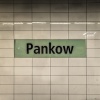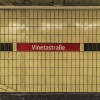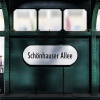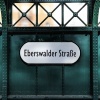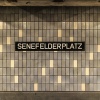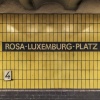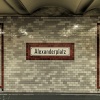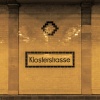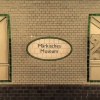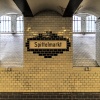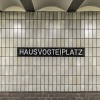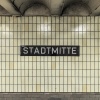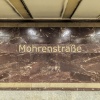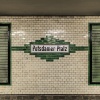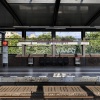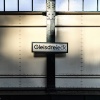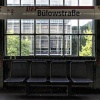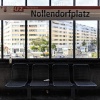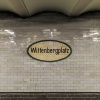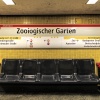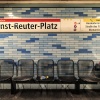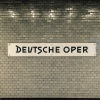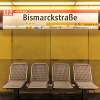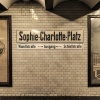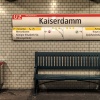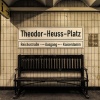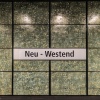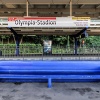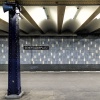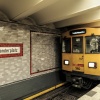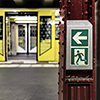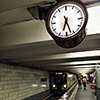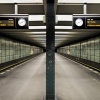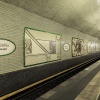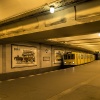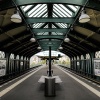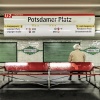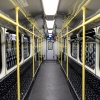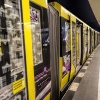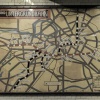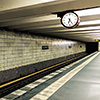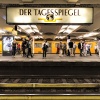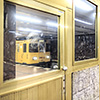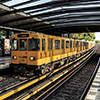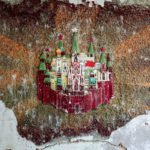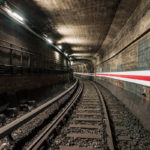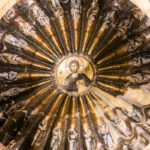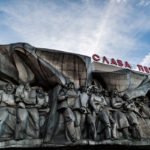From Pankow to Ruhleben – The U2 line
Berlin’s underground line U2 heads straight through the entire city, from Pankow to Ruhleben, making stops at the current eastern as well as city centres, that is Alexanderplatz and Zoologischer Garten, but also passing by the actual historic but also new city centres, that is Klosterstraße and Potsdamer Platz. Today this orange-red metro line is one of Berlin’s most trafficked one. It shapes the cityscape of my neighbourhoor, the Prenzlauer Berg district, which inspired me to do the almost 21 kilometres long ride leading through 29 stations and take a photo of every nameboard using stringently 24mm focal length as well as aperture 1.4 only.
The U2 line exists since 1914, but through the years its course changed a lot. Once it connected stations like Kurfürstendamm and Schöneberg, but then also started at Krumme Lanke and to end at Gleisdreieck. Nowadays route needs a travel time of 47 minutes.
A common feature of every station is the nameboard. I tried, as far as it was possible, to photograph the nameboard from the same perspective. Some stations have a similar nameboard, some others do not. Some stations are unspectacular and functional while others are real eye-catcher, from a modern as well as historic point of view. Some platforms are bustling, others are quiet like a graveyard.
The U2 route like we know it nowadays exists since 1993, as before Germany’s reunification Mohrenstraße station was the last stop on the eastern line for decades. The segment between Potsdamer Platz and Gleisdreieck saw no train between 1961 and 1993.
On its journey from the northeast to the north west U2 stops at Alexanderplatz and Zoologischer Garten, stations standing for the eastern as well as western city centre. U2 also stops at the historic as well as new city centre, meaning Klosterstraße and Potsdamer Platz.
Between Vinetastraße and Senefelder Platz, Potsdamer Platz and Wittenbergplatz as well as shortly behind Neu-Westend station it’s driving at daylight and not underground.
This photo series was shot in collaboriation with photographer friend Torsten Goltz. Some of the stations, in particular the historic ones, are not entirely symmetric. Hence the lines in the photos cannot be 100% precise.
